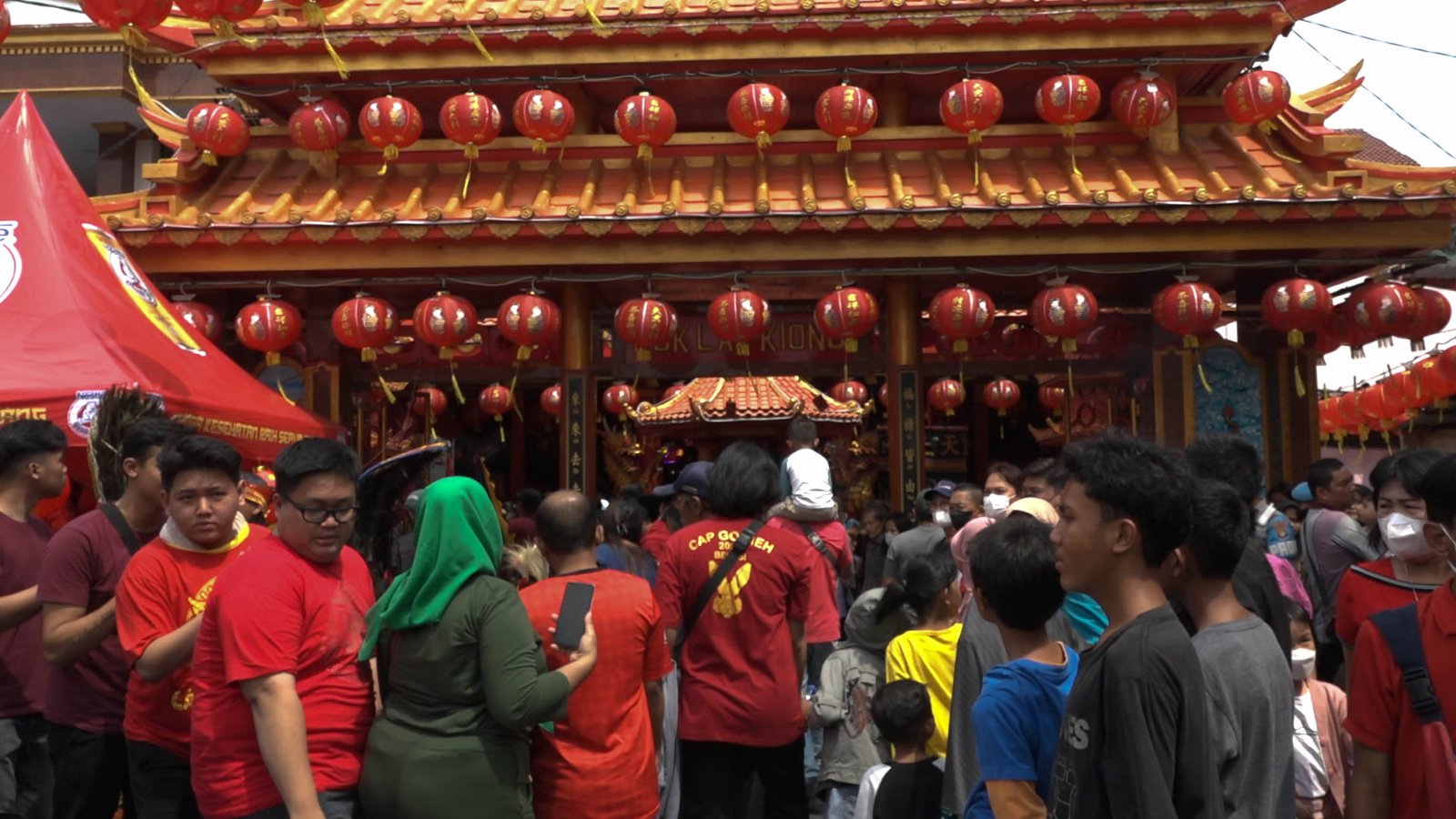Universally, The Chinese New Year, also known as Lunar New Year, is celebrated in early spring, according to the lunisolar calendar. Chinese New Year traditions originate from Confucian beliefs, as religious beliefs, philosophies, and practices date back more than 2500 years. In other parts of the world, Chinese New Year is known as the Spring Festival, considering the celebration falls at the beginning of spring. Chinese New Year celebrations are provided with food as offerings as a form of gratitude for the life and the fortunes of earthy crops harvest for the Chinese ethnic community.
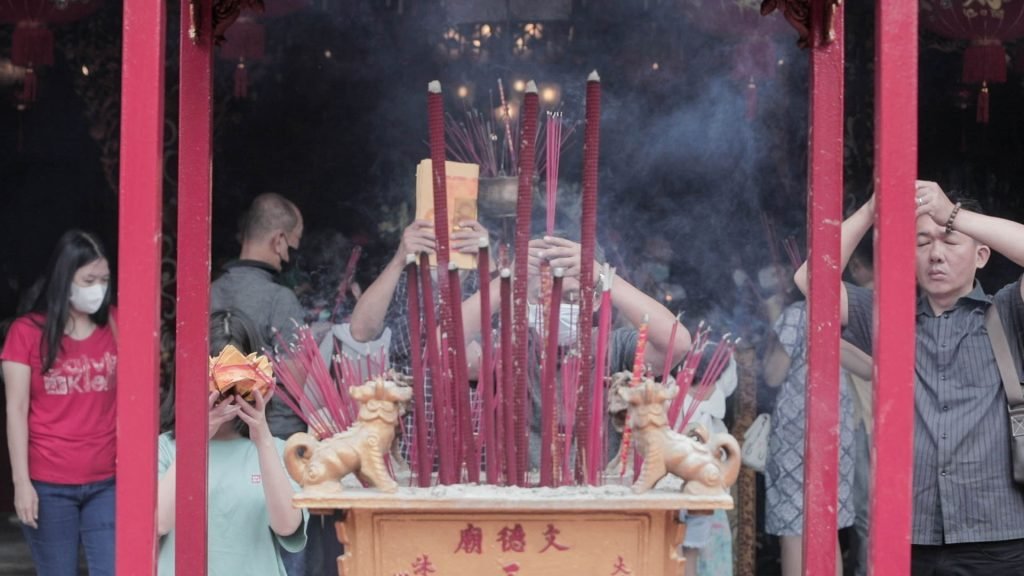
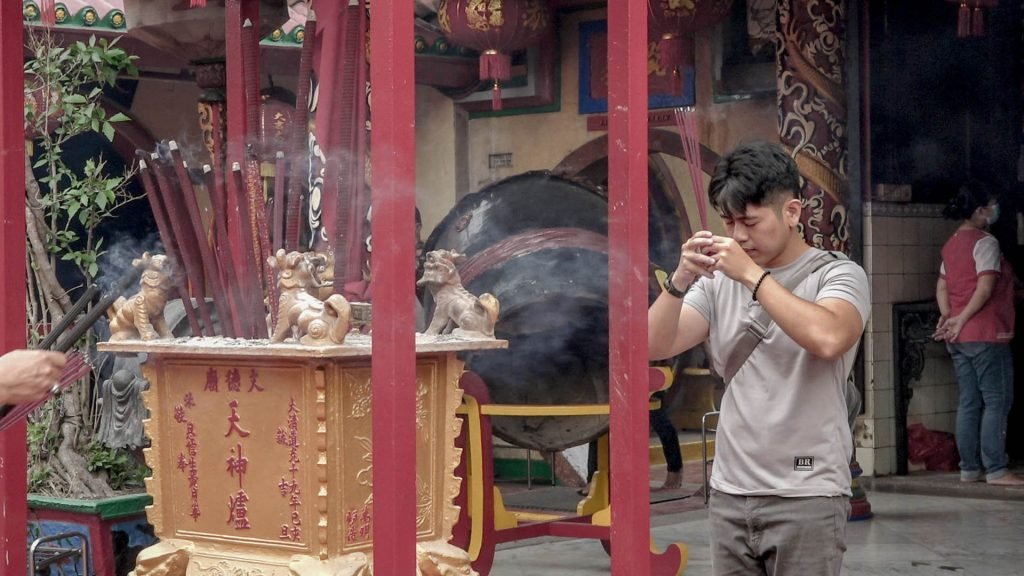
Chinese New Year traditions in Indonesia generally start on Lunar eve. Families decorate their homes with red ornaments, prepare Red envelopes (Angpau), and prepare family meals. Chinese New Year prayer rituals at the temple are performed by adherents of the Confucian religion on Chinese New Year night, followed by dragon dance and lion dance celebrations. On Chinese New Year, ethnic Chinese families gather together and pray at the ancestral table, pray at the temple, and visit the family home. Celebration of Chinese New Year in the family is a Chinese New Year tradition that takes place worldwide.
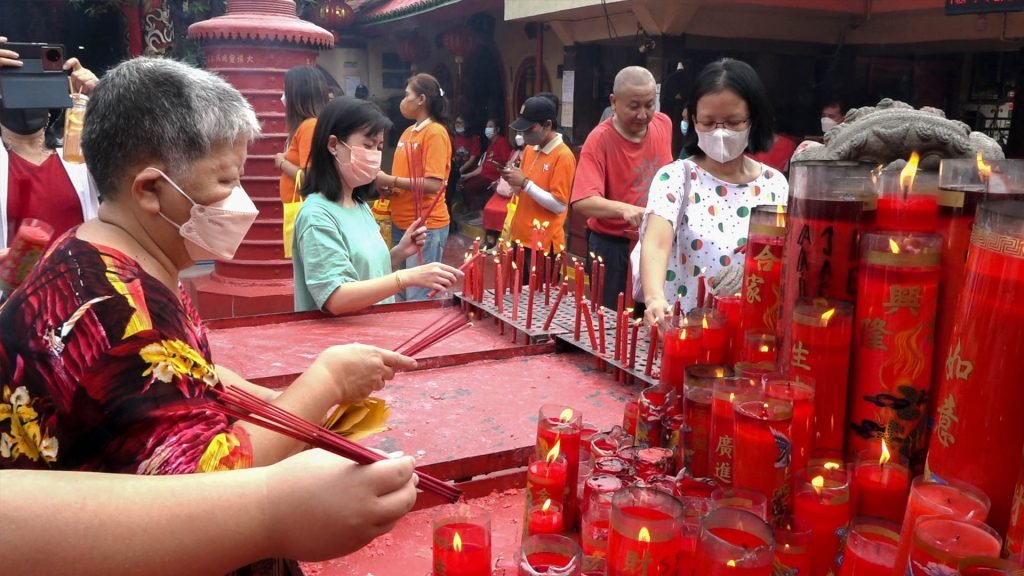
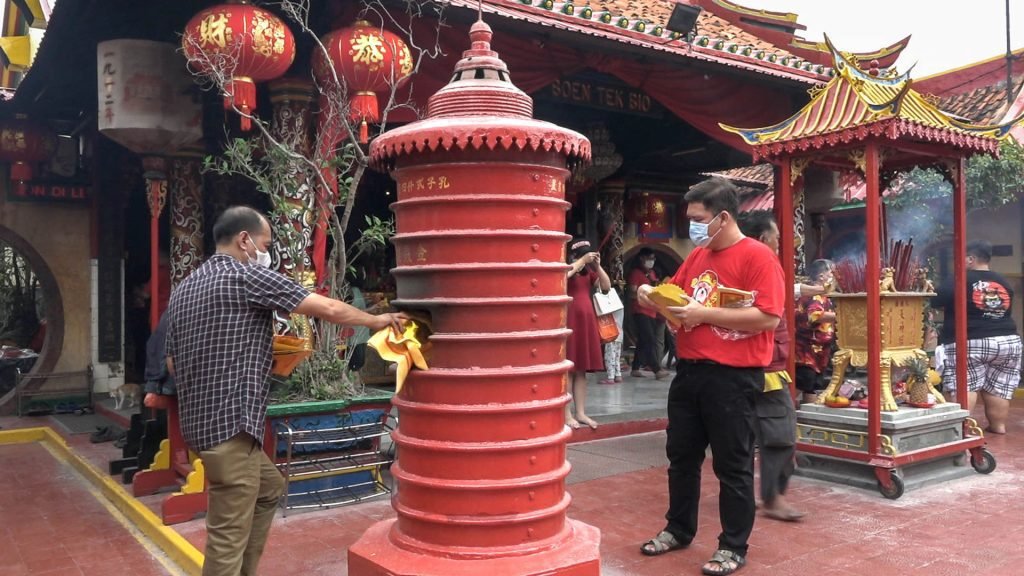
Previously, during the New Order era, the Chinese were prohibited from publicly celebrating Confucian religious festivals and customs through presidential instruction No. 14 of 1967. Chinese New Year celebrations could only be held privately at each other’s homes. Then the Chinese could openly celebrate Chinese New Year during the reign of President Abdurrahman Wahid (Gusdur). Gusdur revoked Presidential Instruction No. 14 of 1967 through Presidential Instruction No. 6 of 2000. In 2002 President Megawati Soekarno Putri issued Presidential Decree No. 19 of 2002, which made Chinese New Year a national holiday.
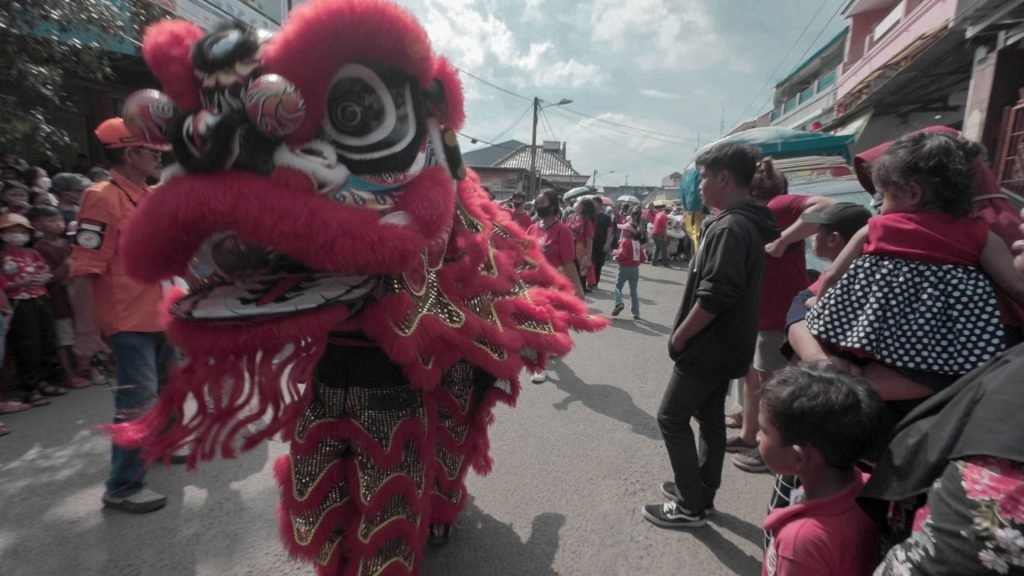

The Chinese New Year celebration was closed with the Cap Gomeh festivities as a celebration of the 15th day of the beginning of the Chinese New Year. Cap Gomeh celebrations are related to social festivals and folk parties. The celebrations are a moment for people to have fun. The public can see the attraction of dragons dance and lion dance attractions. The community also gathered to play music together. The Joy and excitement enliven the Cap Gomeh festivals in Indonesia.

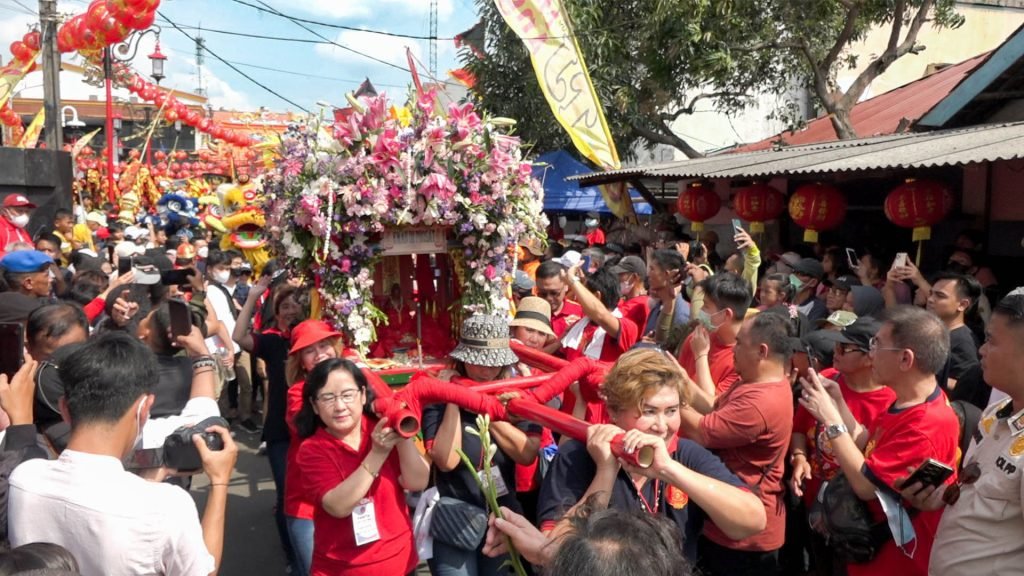
The Cap Gomeh tradition is inseparable from the festive parade and lanterns. We covered the excitement of the Cap Gomeh parade at the Hok Lay Kiong temple, Bekasi. The palanquin of Kwang Im Pho Sat procession, which represent compassion, is carried out by representatives of Confucian women group. Meanwhile, the palanquin of the Bong Tek Ceng Sin, which represent fortunes, is carried out by youths. With great enthusiasm, the palanquin of Bong Tek Cen was swung in the parade by the representation of an older man group. Likewise, the palanquin of Kwan Seng Tee Koen, the representation protector deity, has been shaken by the men back and forth enthusiastically for the wish to protect the folk away from danger.
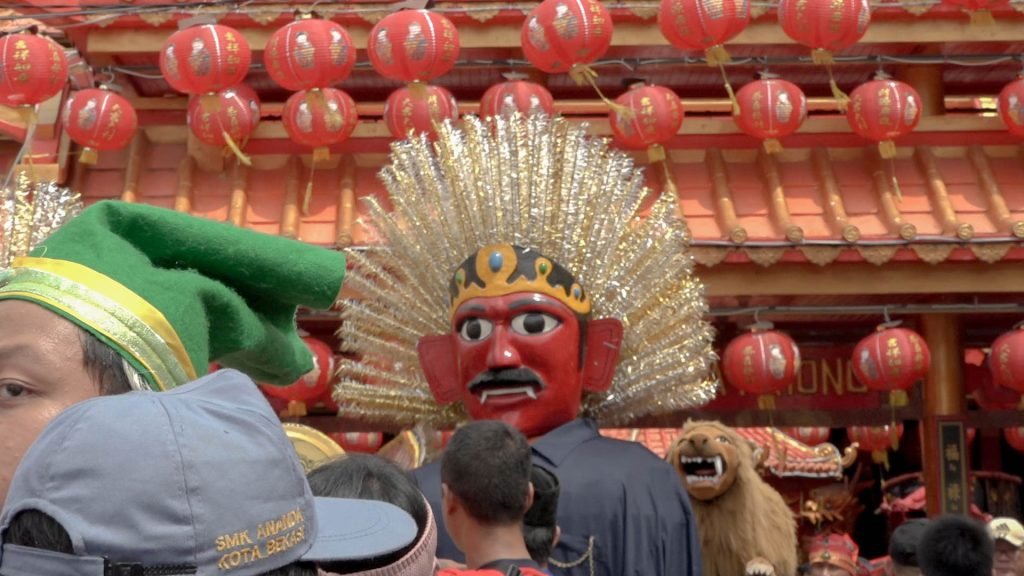
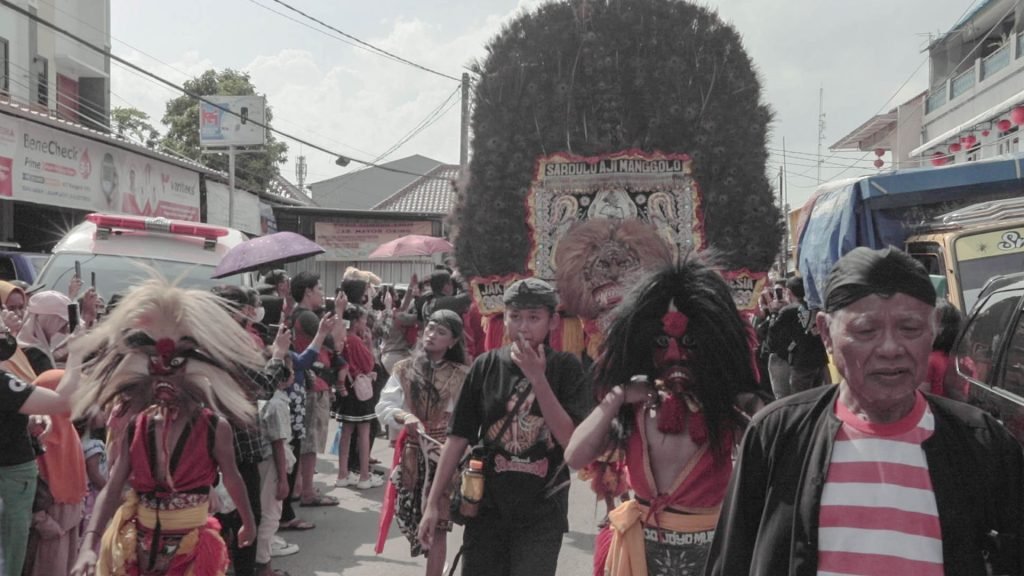
Not only as a celebration for Chinese ethnicity, Lunar New Year is a national holiday in Indonesia. The whole of Indonesia celebrates Cap Gomeh Festivals as unity. The community generally enjoys the parade as a form of diversity. The acculturation can also be seen in Cap Gomeh celebrations. Ondel-ondel and Reog enlivened the festivals as a form of inter-ethnic harmonization. The Cap Gomeh Festival became a folk festival that became part of Indonesian culture.

